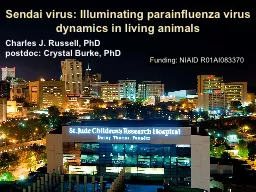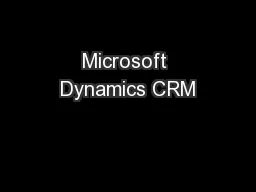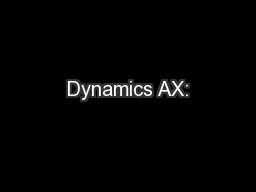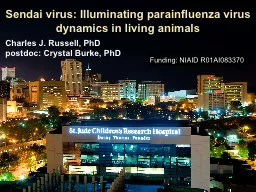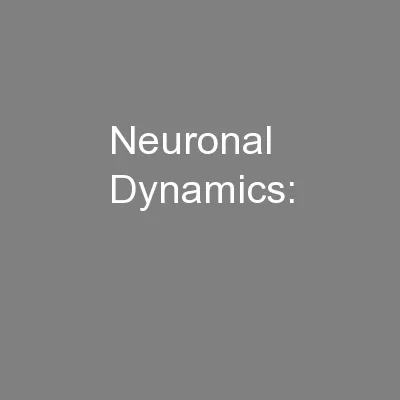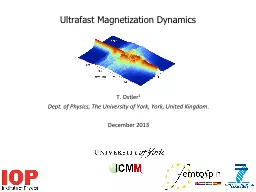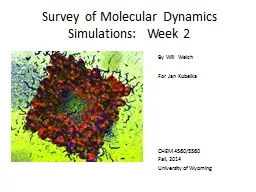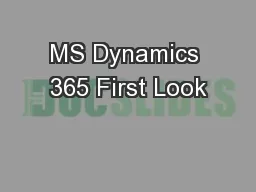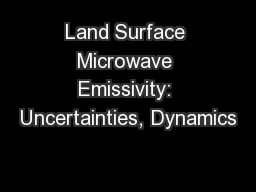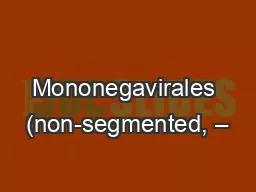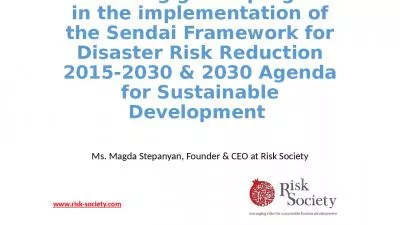PPT-Sendai virus: Illuminating parainfluenza virus dynamics in
Author : jane-oiler | Published Date : 2016-12-09
Charles J Russell PhD postdoc Crystal Burke PhD Funding NIAID R01AI083370 HPIV1 HPIV2 HPIV3 leading cause of pediatric hospitalization 21000 yr in USA virtually
Presentation Embed Code
Download Presentation
Download Presentation The PPT/PDF document "Sendai virus: Illuminating parainfluenza..." is the property of its rightful owner. Permission is granted to download and print the materials on this website for personal, non-commercial use only, and to display it on your personal computer provided you do not modify the materials and that you retain all copyright notices contained in the materials. By downloading content from our website, you accept the terms of this agreement.
Sendai virus: Illuminating parainfluenza virus dynamics in: Transcript
Download Rules Of Document
"Sendai virus: Illuminating parainfluenza virus dynamics in"The content belongs to its owner. You may download and print it for personal use, without modification, and keep all copyright notices. By downloading, you agree to these terms.
Related Documents

